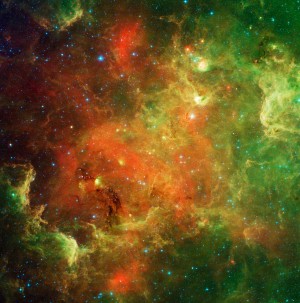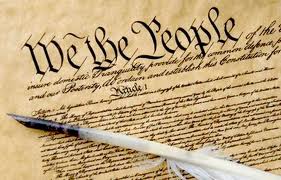Pennsylvania ratifies the Constitution
On this day in 1787, Pennsylvania becomes the second state to ratify the Constitution, by a vote of 46 to 23. Pennsylvania was the first large state to ratify, as well as the first state to endure a serious Anti-Federalist challenge to ratification.
Pennsylvania was the most ethnically and religiously diverse state in the new nation. One-third of Pennsylvania’s population was German-speaking, and the Constitution was printed in German for the purposes of involving that population in the debate. The chairman of the Pennsylvania ratifying convention, Reverend Frederick Augustus Conrad Muhlenberg, was the son of the leading German Lutheran minister and grandson to Conrad Weiser (1696-1760), who had been a leading colonial Indian interpreter and German-speaking political leader. The leader of the Anti-Federalist opposition was the Delaware-born Scots-Irishman Thomas McKean. Future Supreme Court Justice and Scottish immigrant James Wilson was the most articulate defender of the Federalist cause.
Pennsylvania drafted the most radical of the state constitutions during the War for Independence. By excluding Quakers and all other pacifists unwilling to take oaths of allegiance to the Revolutionary cause, a fervently anti-British and anti-Indian Scots-Irish faction had seized power for the first time in the remarkably diverse state. Only when pacifists were again able to exercise the franchise in peacetime was it conceivable that the more conservative U.S. Constitution might pass in Pennsylvania. Large states had the most to lose by joining a strengthened union. James Wilson’s genius in describing the nature of layered sovereignty in a federal republic, using the solar system as an analogy, was invaluable in convincing Pennsylvanians to ratify. Anti-Federalists found themselves in the hypocritical position of criticizing the federal Constitution for failing to codify the freedom of religious practice they had actively denied their fellow citizens during the War for Independence.
For more events of this day, visit History.com
 Print This Post
Print This Post







